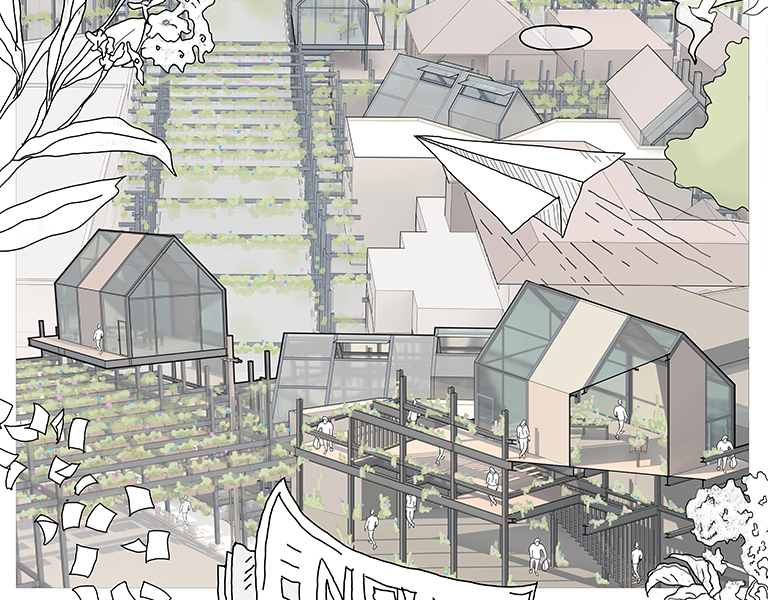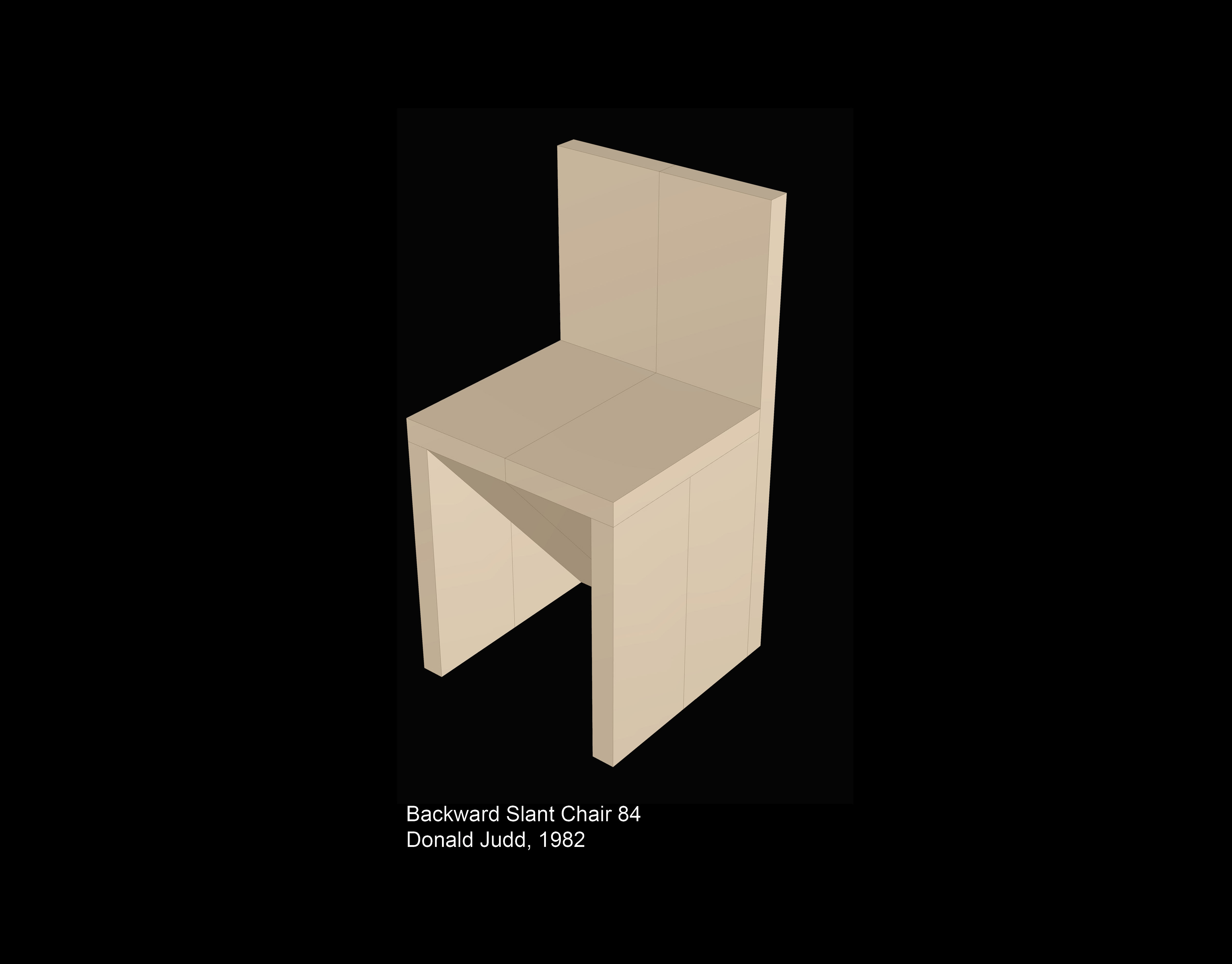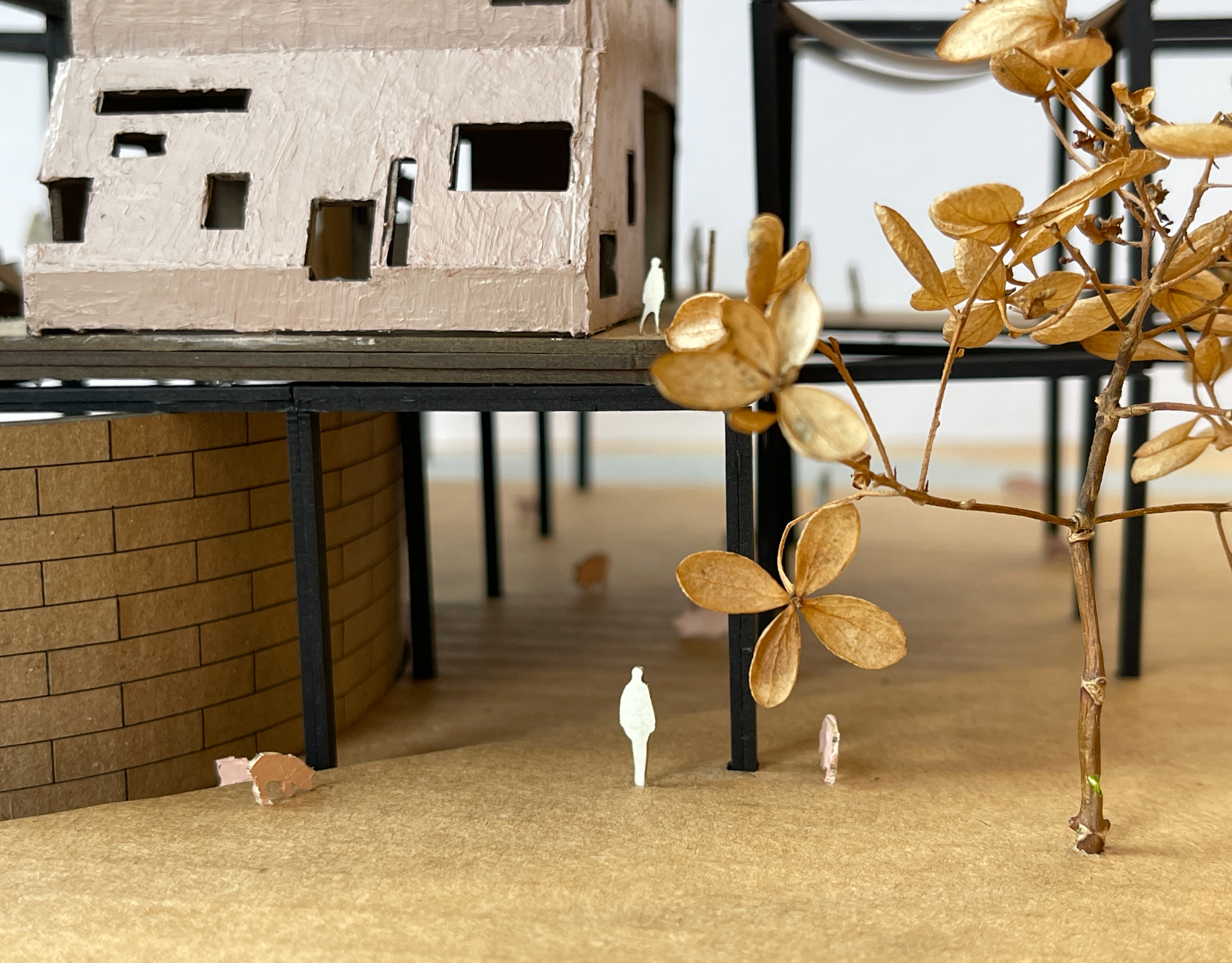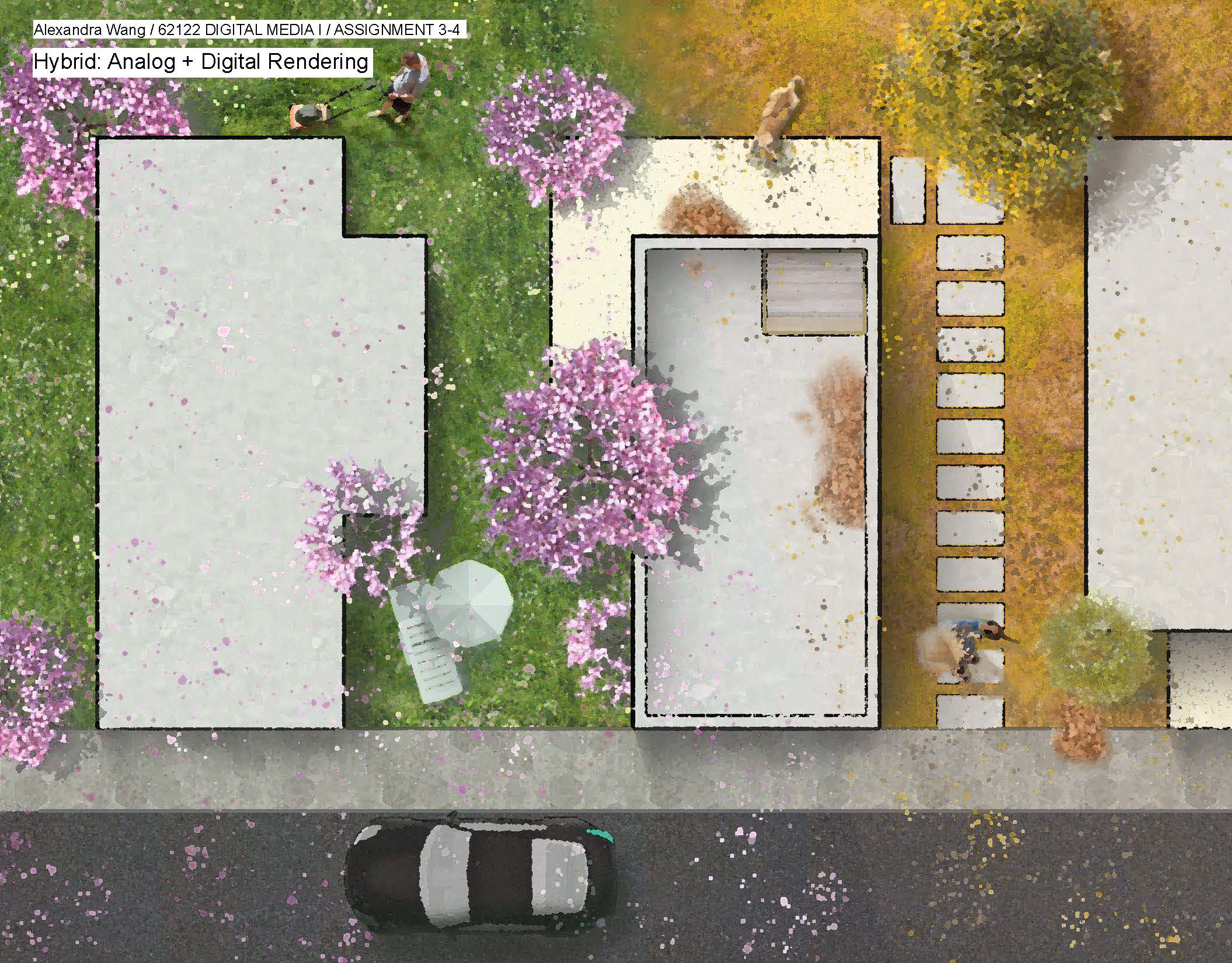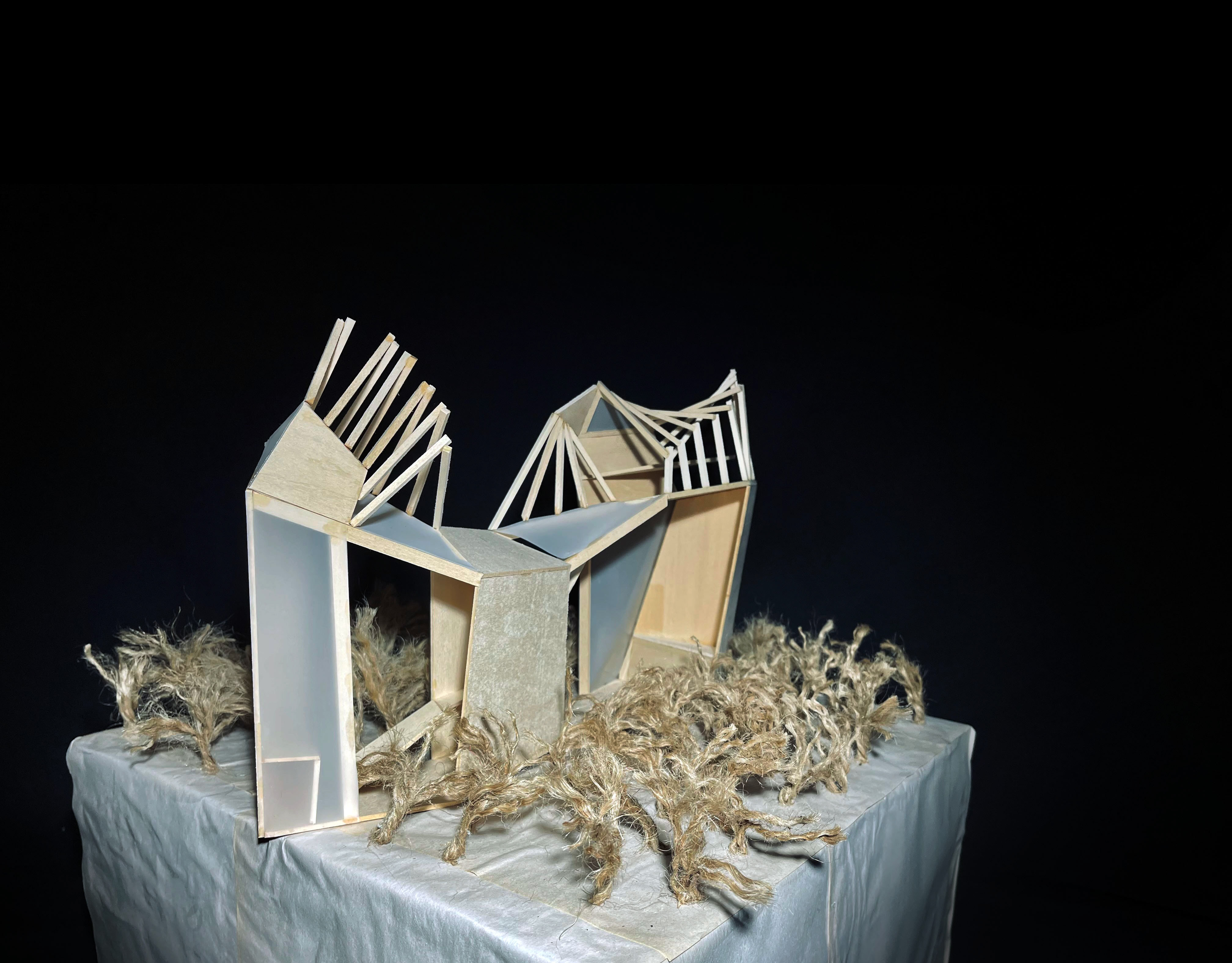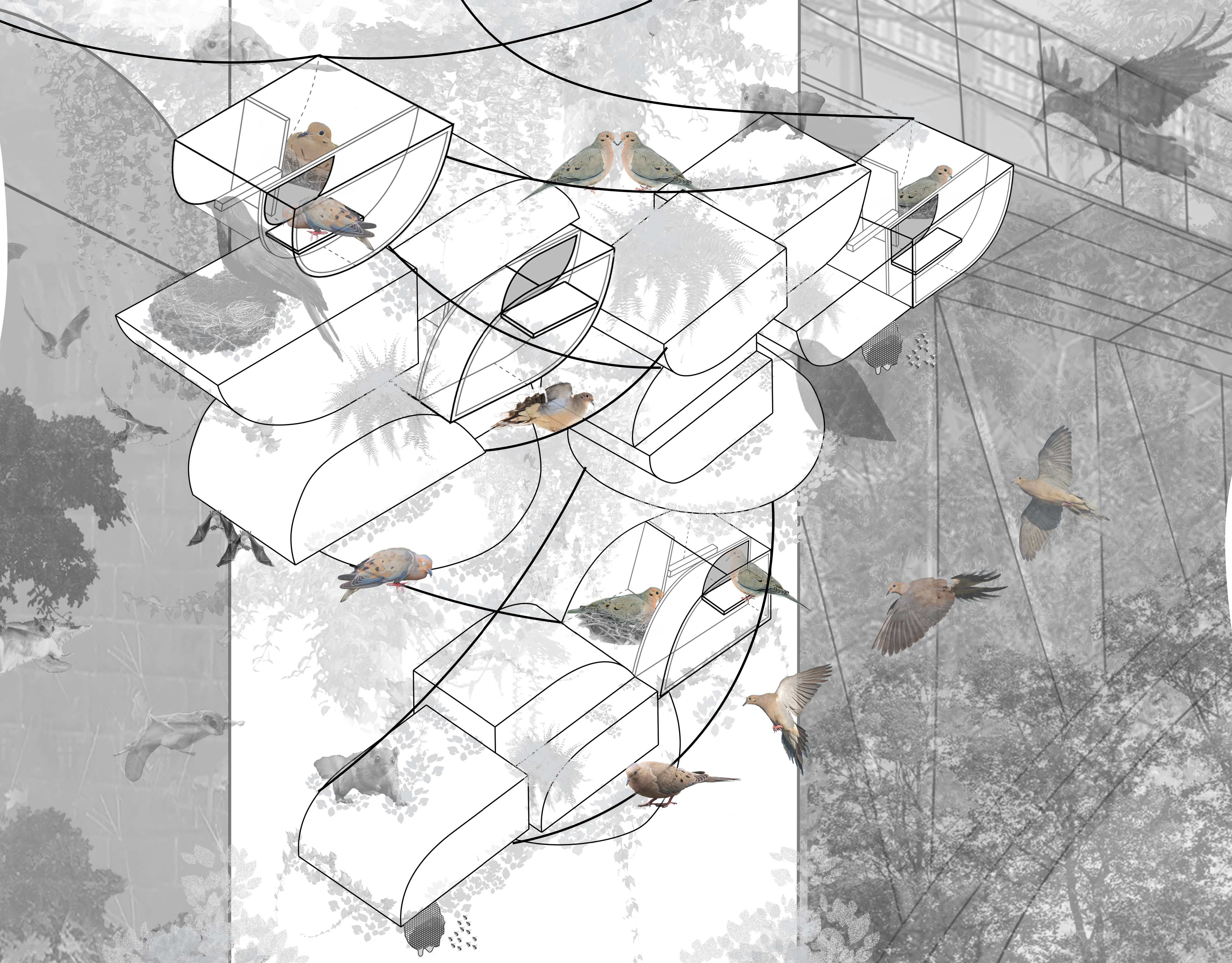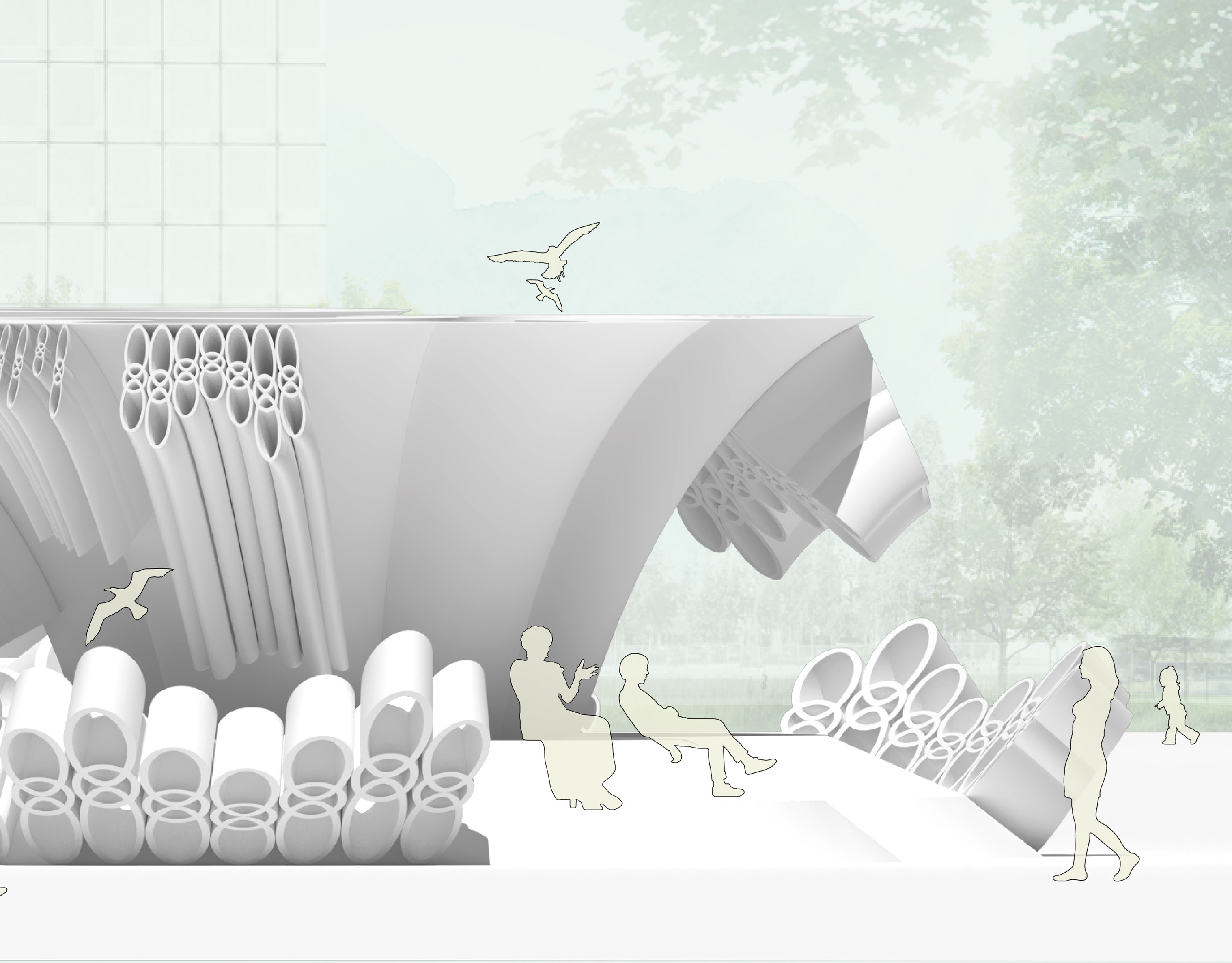Korean American abstract artist Cheonae Kim presents her work as vertical and horizontal lines overlaying on a grid system. Repetition and simple geometries are important elements of her artworks, relating to the idea of living day-to-day life. Cheonae Kim uses the organization of simplest lines and geometries to represent and explore her interest in human minds and lives.
The abstract painting, Dad, is listed as a portrait by Kim, which presents the artist’s use of organization rules on composition, proportions and visual focuses.
Original painting and painting's elevation study
Compositional Principals
1. Important compositional principles such as divisions, framing, and focal points are prominent in the painting. The division of threes and halves can be found based on the organization of colored blocks, as well as significant division lines can be found by whether a line goes all the way through the wooden canvas.
2. The incompleteness of edges may not seem prominent at first, but the organization of unfinished squares provides a sense of extension and framing, which becomes important when the painting is further studied.
3. The third composition principle is how Kim highlights focal points, the use of divisions, framing, tones, and colors are all tools she used to highlight them and guide viewers’ eyes in her painting.
2D Analysis
The first series of drawings explores the proportional composition elements and its connections to the significance of the incomplete edges, which inform exact organization ratios.
This second series of drawings explore the situation of focus points and their connections with the painting’s colors and tones.
3D Analysis

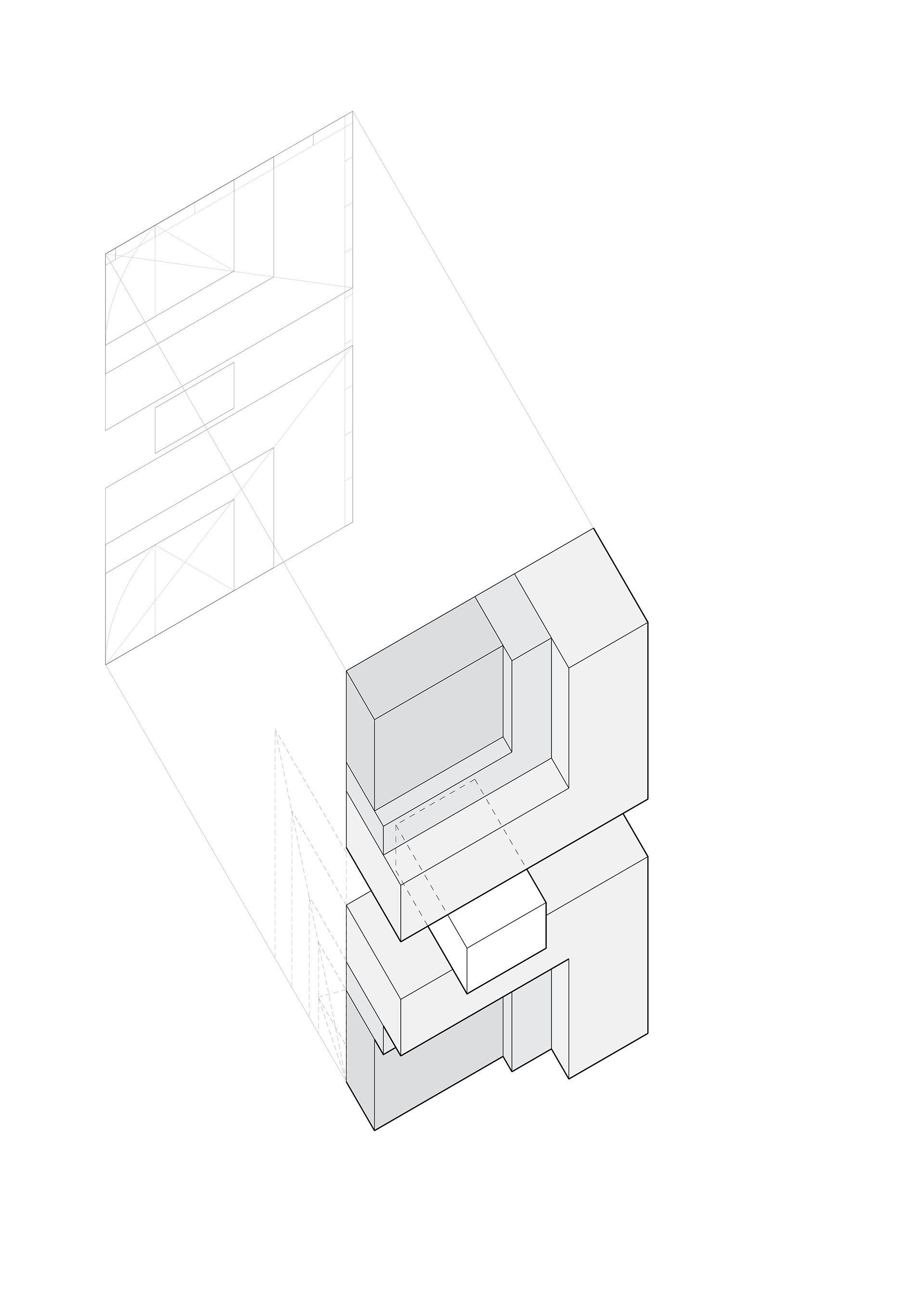
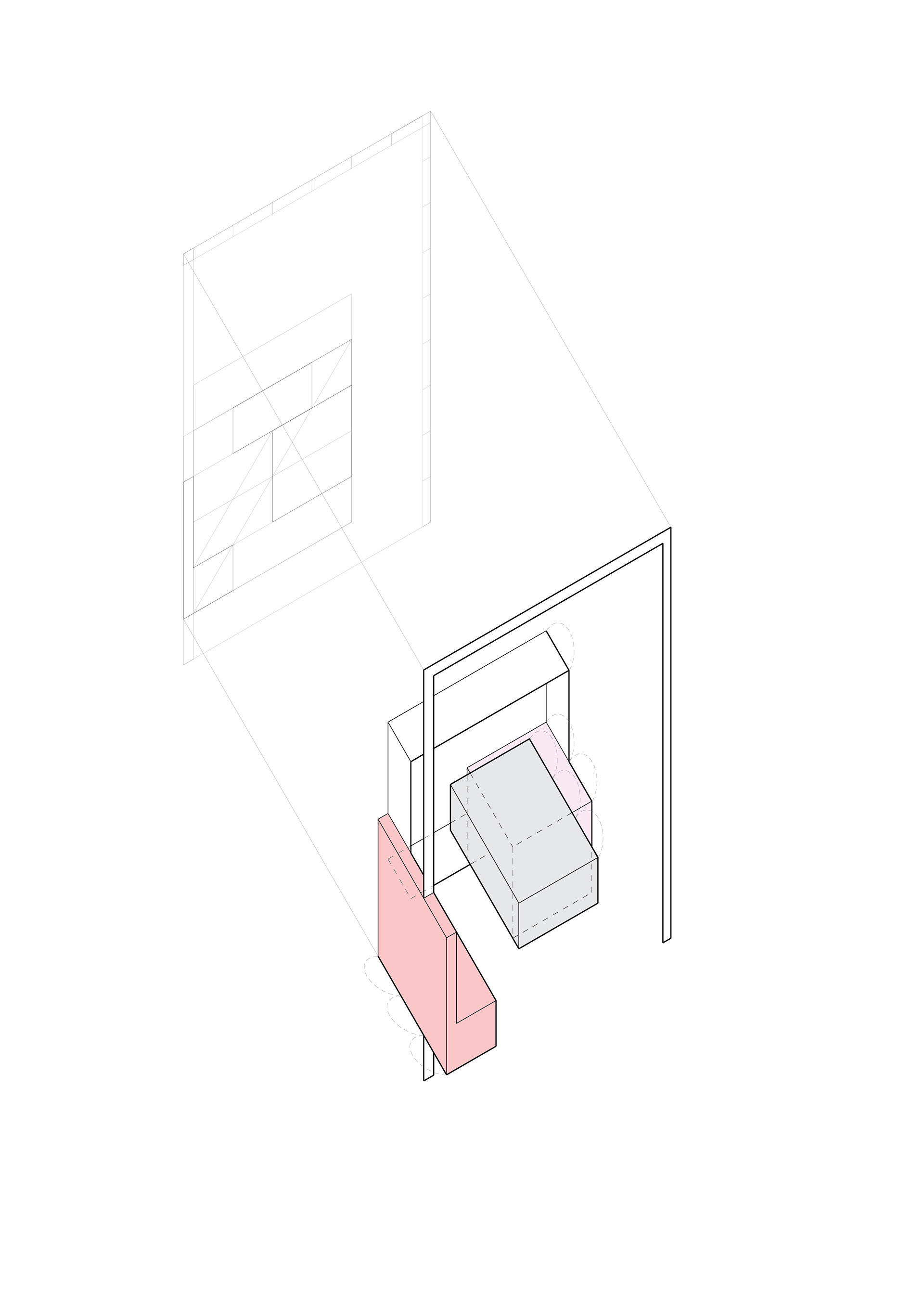
The 3D models further explore the discovered relations and focus points, reflecting the 2D analysis. Using depth to highlight ratios and focal points, along with planes to inform divisions and frames.
Physical Model Explorations

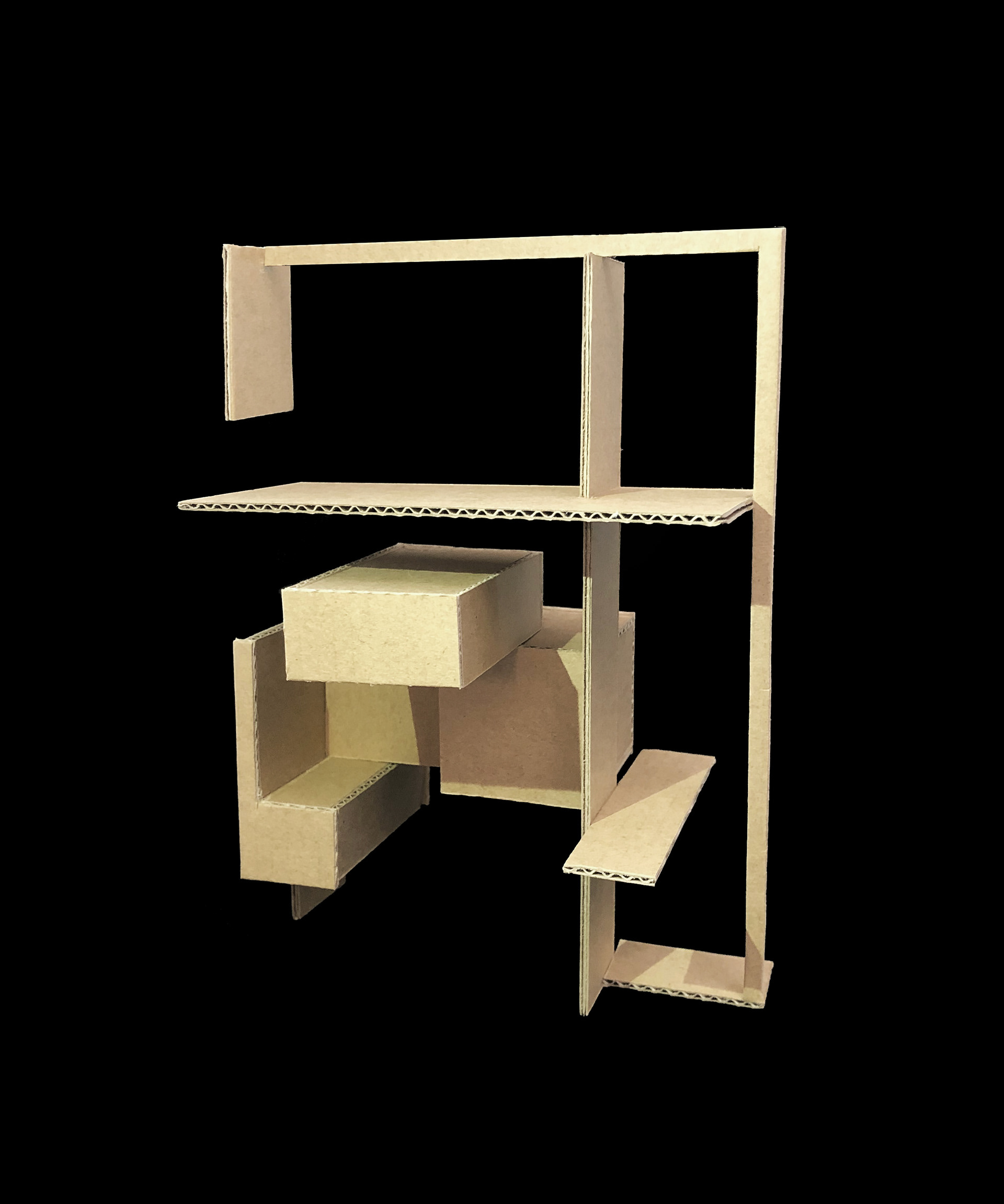
Use of volumes gives weight to the focal points, horizontal and vertical planes reflect important division lines and proportions. The shadows show depth and spaces that reflect the painting’s geometry, correlating tones and forms.
Final model axonometric drawing and choisy drawing
